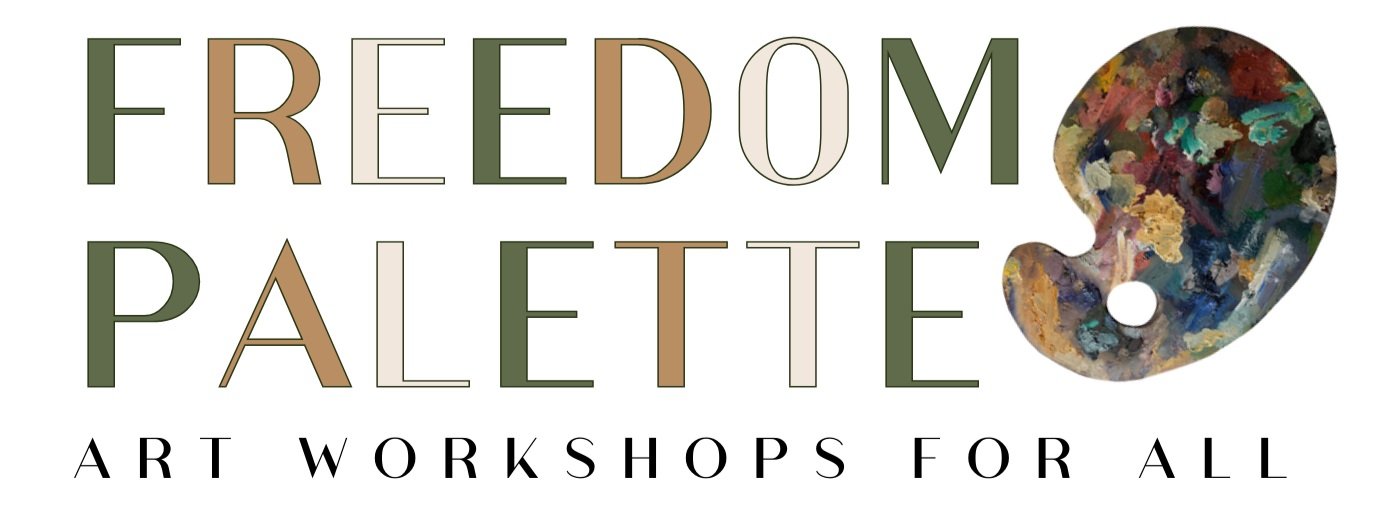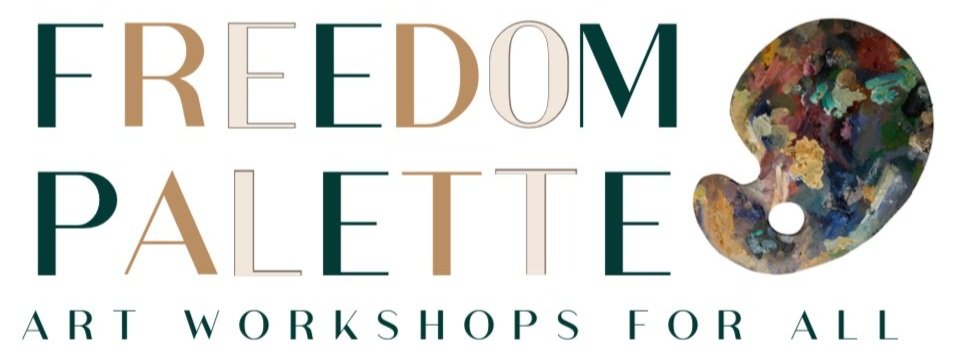How does art affect history?
The first discoveries of art were dated back to around 700,000 BC. What we see recorded in drawings and sculptures where from a time and place we will never experience. Art has given us an insight on what the early signs of human life were like. Historic facts are extracted from these pieces. As a strong opinion, the most phenomenal discoveries have been understanding a sense of what ancient civilizations felt.
Paintings, sculptures, music, literature, and the other arts are often considered to be the repository of a society’s collective memory. To simply put, art preserves feeling. It is its own form of communication that expands universally and inter-dimensionally.
Art has connected people from different cultures, countries and times through images, sounds and stories. Because of this, art has often been a vehicle for social change. It can give a voice to the politically or socially disenfranchised. A song, film, novel, or even painting can rouse emotions in those who encounter it, inspiring them to rally for change.
Art also has utilitarian influences on society. Scientific studies have linked positive correlations between schoolchildren’s grades in math and literacy with their involvement in art such as drama or music. It’s no surprise as well that art as a form of therapy has been used to improving mental health and wellness. Activities such as painting, sculpting, or drawing are known to lower stress levels and promote calmness. Creating art can take you out of your every day life, easing the mind. Interestingly enough (and most necessary at times) art can be used as a tool to bring out and work through deeper issues within. From that, sustaining inner peace with problems solved.
image provided by George Mason University


